For law enforcement and military professionals, securing mission-critical gear is a top priority. But what happens when a lock is too cumbersome to operate or fails under extreme conditions?
A good locking mechanism should provide security without slowing you down. Let’s break down the key challenges and solutions.
-1.png?width=805&height=421&name=1200%20x%20628%20px%20-%20%20(13)-1.png)
What Are the Common Weaknesses of Locking Mechanisms in Tactical Cases?
While locks are designed to prevent unauthorised access, not all are built for the realities of tactical operations. Common issues include:
🔹 Overly complex designs – Some locks require multiple steps, wasting precious seconds in the field.
🔹 Weak construction – Poor-quality locks can snap, jam, or corrode, rendering them useless.
🔹 Incompatibility with gloves – Tactical professionals often wear gloves, making small keyholes or dials difficult to operate.
🔹 Vulnerability to impact – Hard drops, dust, or freezing temperatures can cause locks to fail.
How Can a Faulty or Overly Complicated Lock Impact Mission Efficiency?
When seconds matter, struggling with a jammed or cumbersome lock can be a liability. Risks include:
🚨 Delayed response times – Slower access to gear can impact operational success.
🚨 Increased vulnerability – If a lock fails, personnel may be forced to break into their own case, wasting time and resources.
🚨 Equipment at risk – Weak locks can lead to theft or tampering in high-risk areas.
Are There Lock Designs That Balance Security with Quick Access?
Yes! Tactical professionals should look for locking systems designed for both security and speed:
✔ TSA-approved locks – Ideal for transport, providing security without travel restrictions.
✔ Combination locks – Offer keyless entry but should be durable enough to withstand impacts.
✔ Press & Pull™ latches – Allow for quick, reliable access without traditional key or combination mechanisms.
✔ Reinforced padlock hasps – Provide an additional layer of security when paired with high-quality locks.
What Locking Options Work Best for High-Risk Environments and Extreme Conditions?
For military deployments, tactical operations, or rugged environments, locks should be:
🔹 Weatherproof & corrosion-resistant – Look for stainless steel or polymer-coated locks.
🔹 Shock-resistant – Able to withstand rough handling and impacts.
🔹 Easy to operate under stress – Avoid locks that require fine motor skills or excessive time to open.
🔹 Tamper-evident – Some locks indicate attempted breaches, alerting users to possible security risks.
How Can Tactical Teams Ensure Their Locks Remain Functional Over Time?
To maintain lock integrity, tactical teams should:
🔧 Regularly inspect for damage – Check for cracks, rust, or signs of tampering.
🛠 Lubricate locks – Use non-corrosive lubricants to keep mechanisms smooth.
🔥 Test locks in extreme conditions – Ensure they work in cold, heat, and wet environments before deployment.
🛡 Upgrade outdated locks – Replace locks showing signs of wear or poor security features.
Final Thoughts: The Right Lock Can Make All the Difference
A tactical case lock should secure your gear without slowing you down. Whether you’re in the field, in transit, or in storage, choosing the right locking mechanism ensures both protection and efficiency—keeping you mission-ready at all times.
👉 Find mission-ready protective cases at MILITARY.PELI.COM




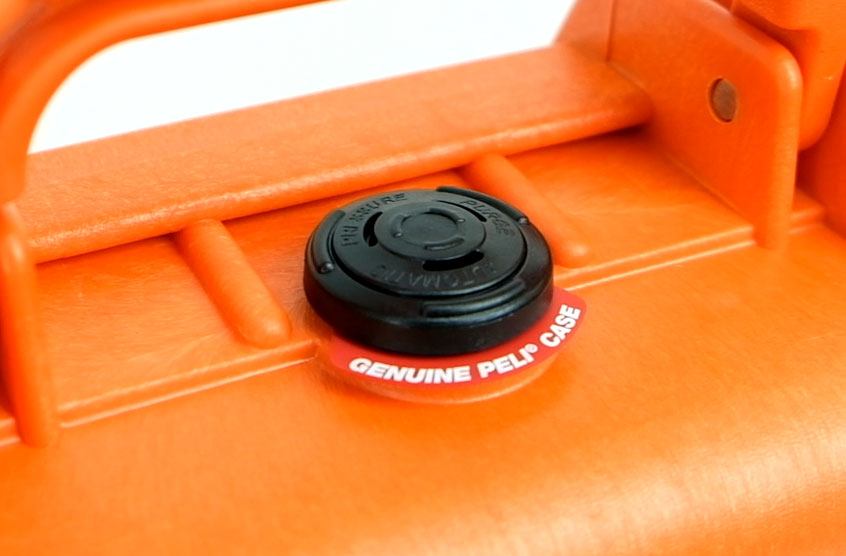
.png)


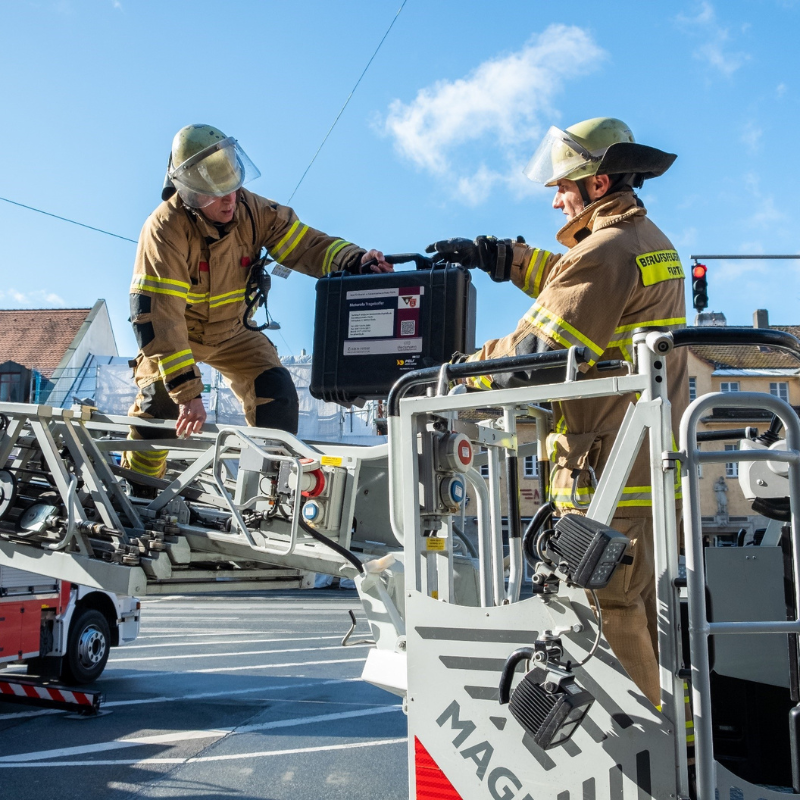



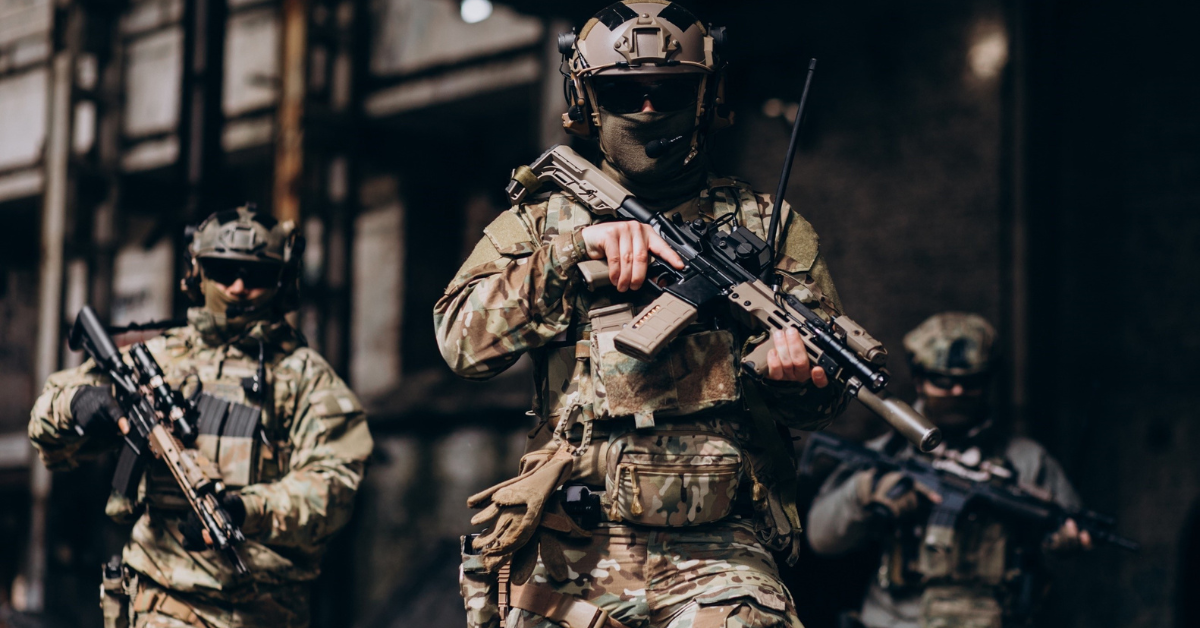
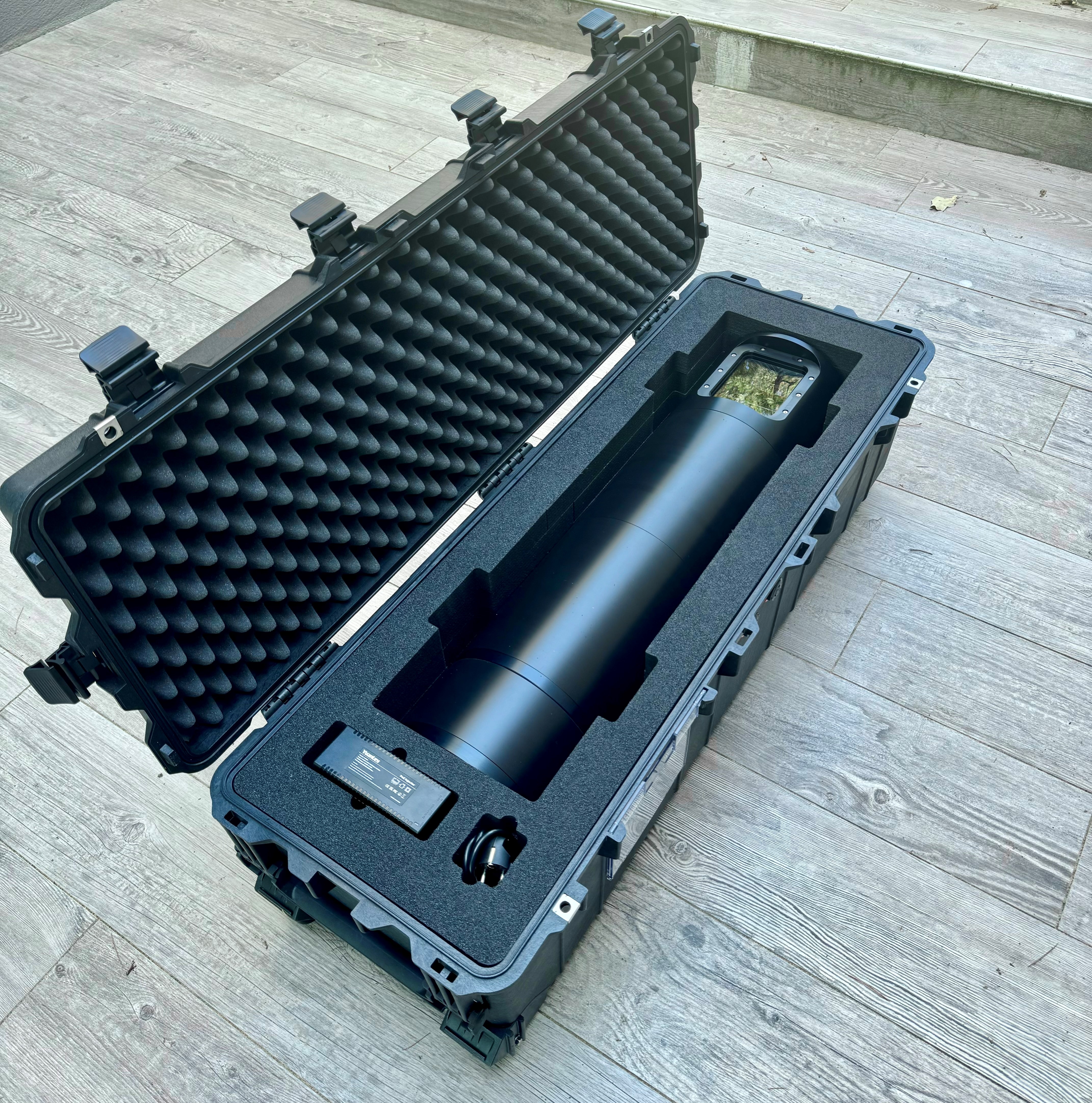
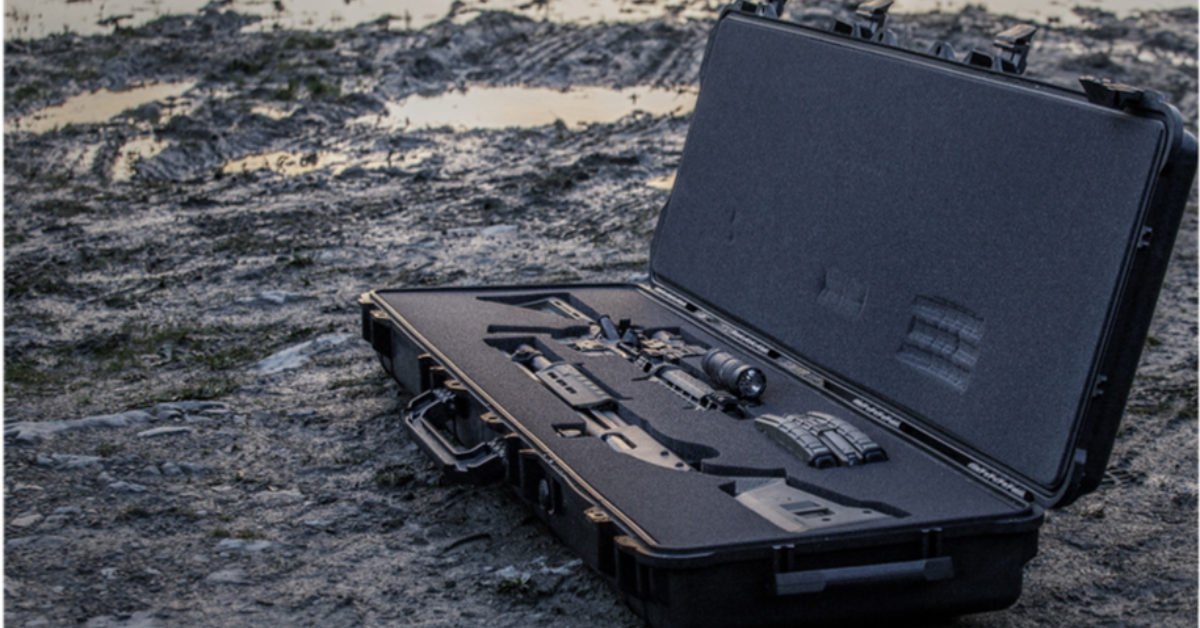
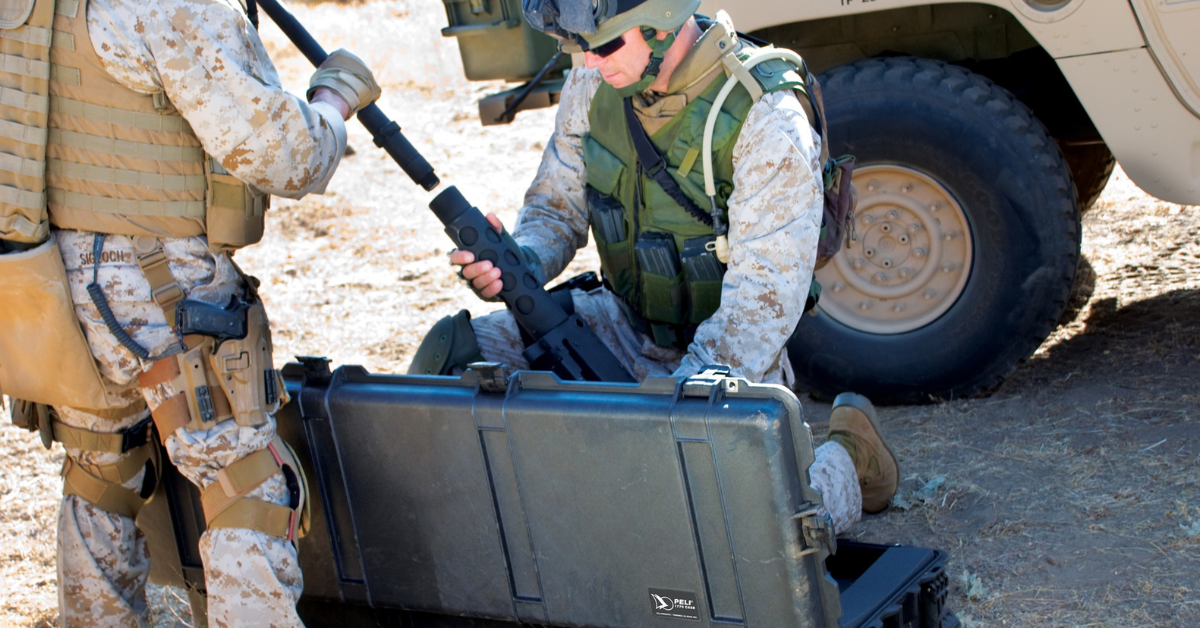
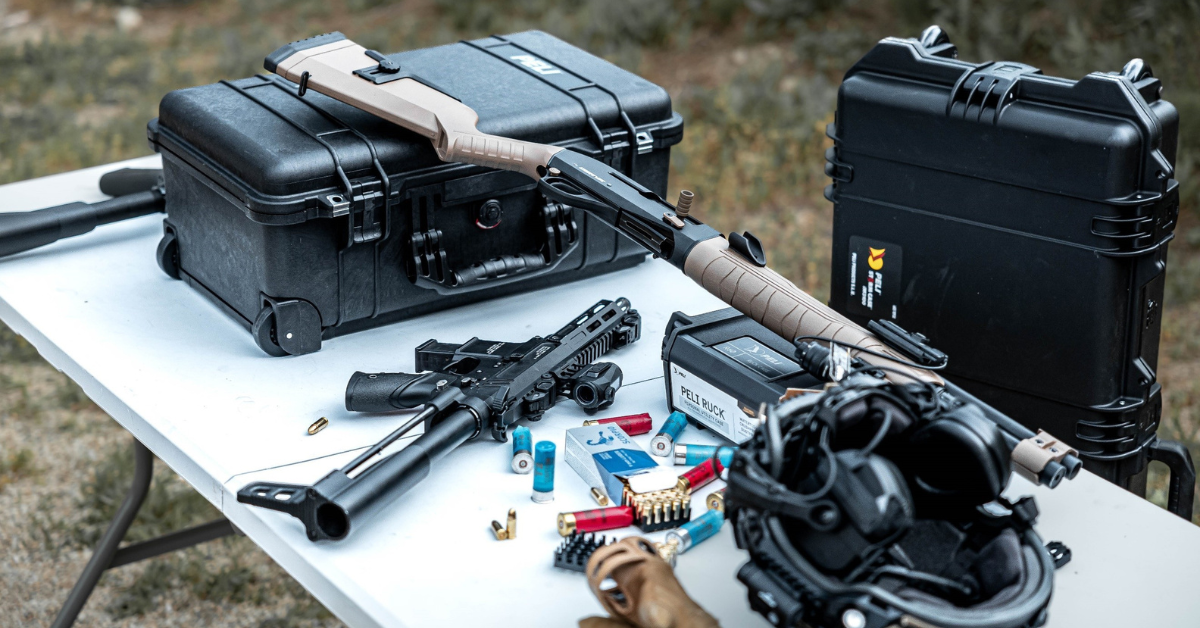
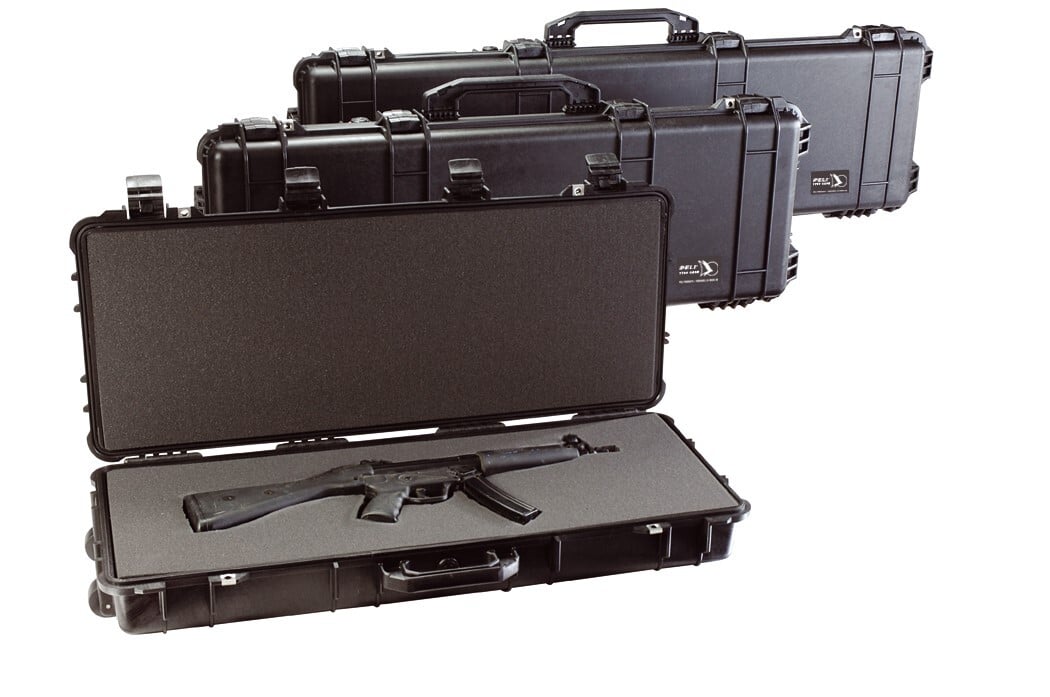
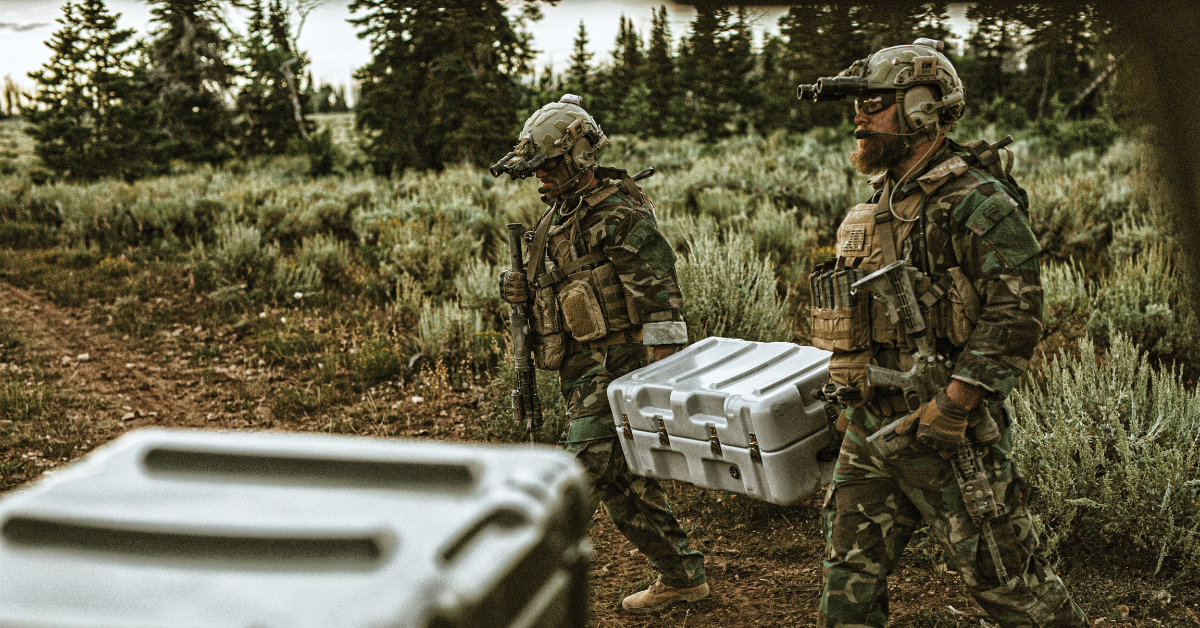
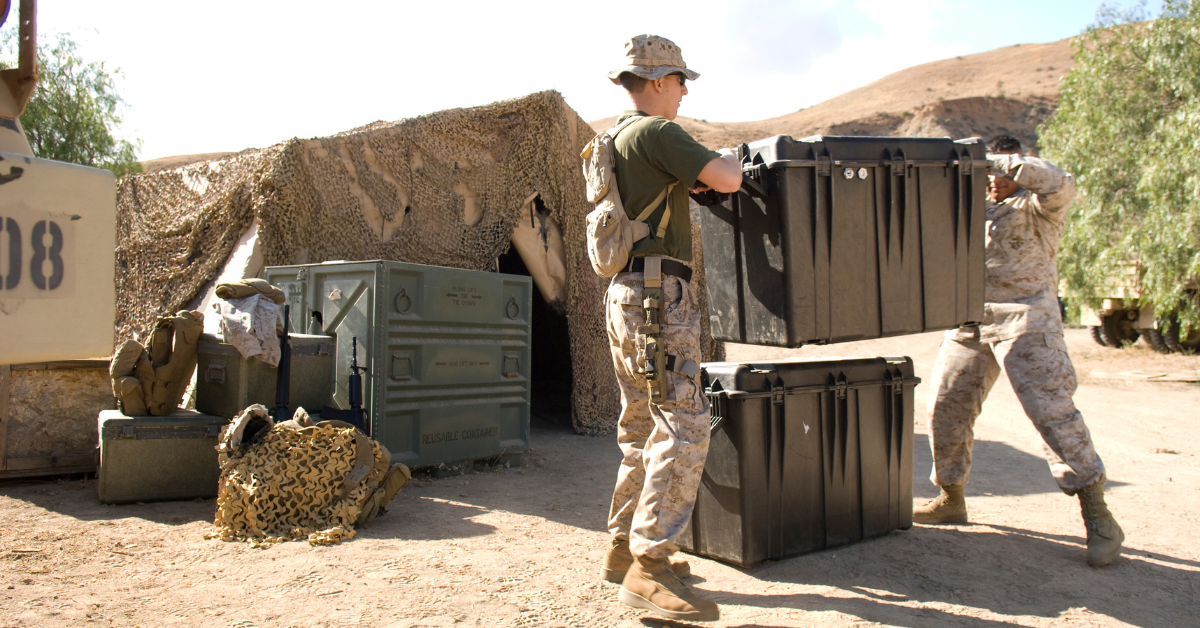
-2.png)
Post a comment